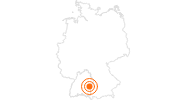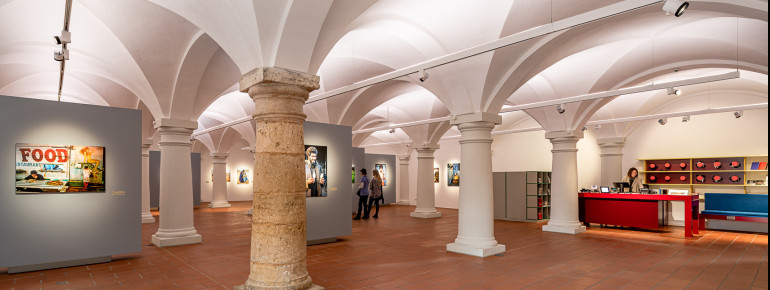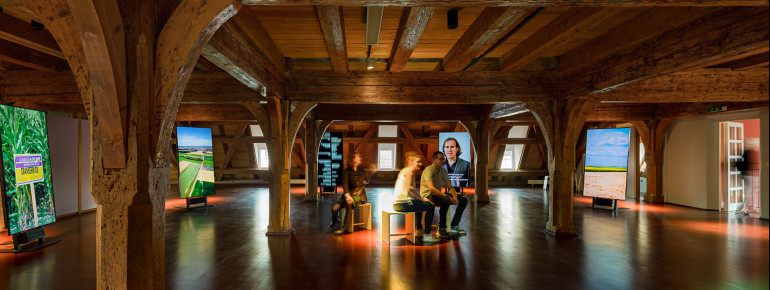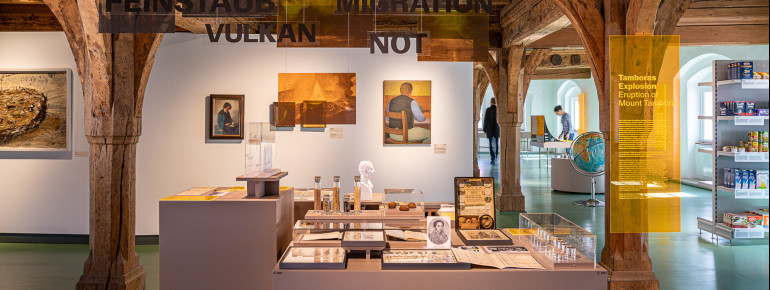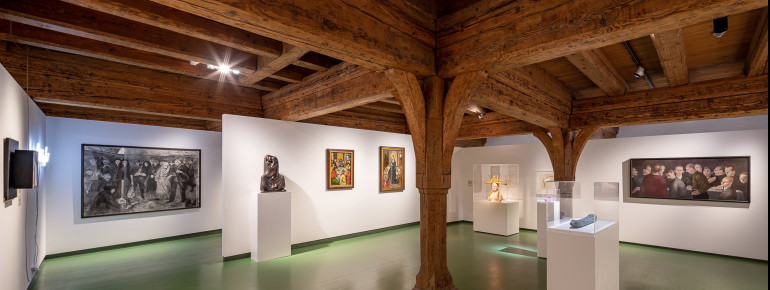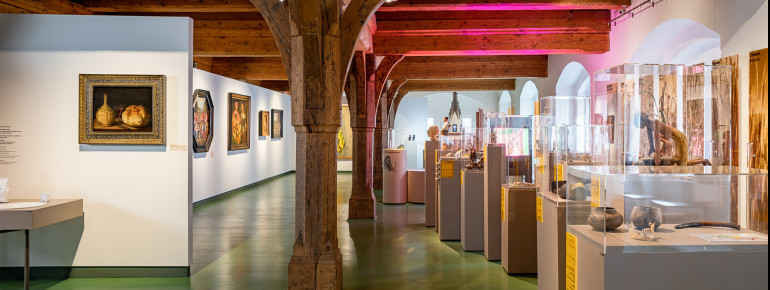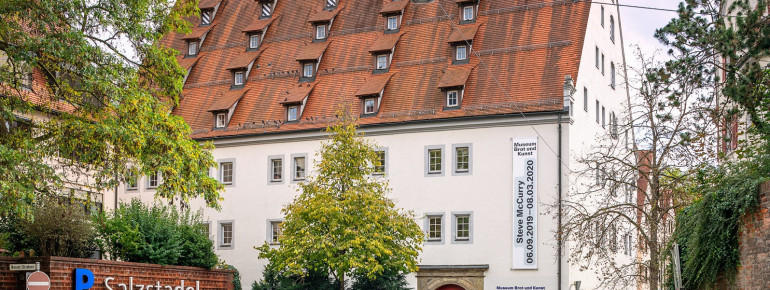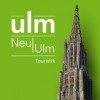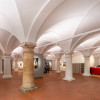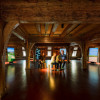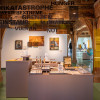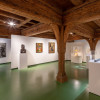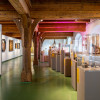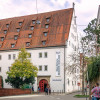Contents
Description
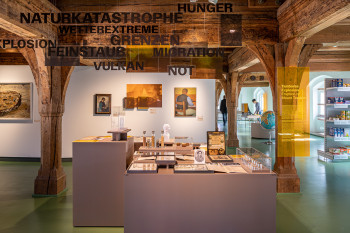
The Museum "Brot und Kunst" (bread and art) is located in Ulm and focuses on the consideration of bread and food in our culture and society. The collection is divided into two parts that relate to each other and always raise questions.
On the one hand, the art collection awaits you during your visit, giving you an insight into works of art from Rembrandt to Pechstein and Picasso to Lüpertz and Jankowski. Historically, you can embark on a journey from the 21st to the 15th century.
On the other hand, you will be offered 19 thematic installations that revolve around agriculture, food and bread. The main theme is the connection between social, cultural and technical history.
In the museum, you will be confronted with the question of what challenges the present and future hold for world nutrition. There are always changing special exhibitions. You can find out about the current exhibitions here.
Historical Information
In 1952, the entrepreneur Dr. h. c. Willy Eiselen from Ulm began to collect bread-related objects together with his son Dr. Dr. h. c. Hermann Eiselen. Three years later they founded the "Deutsche Brotmuseum", the first of its kind in the world.
From the 1980s onwards, the museum received a new cultural and socio-historical orientation. In 1991 the "Vater und Sohn Eiselen Stiftung Ulm" took over the sponsorship of the museum.
Interesting facts
- Museum of Bread and Arts Ulm is among the 5 best rated Tourist Attractions in Baden-Württemberg.
- The day pass at Museum of Bread and Arts Ulm is €6 making it one of the 5 cheapest tourist Attractions in Baden-Württemberg.
How to get there
By public transport:
The museum is located a short distance from the railway station.
